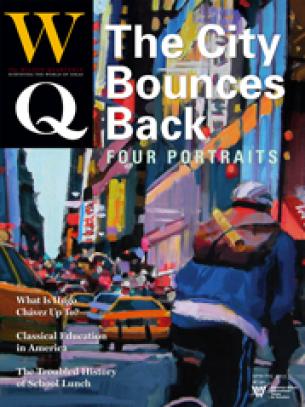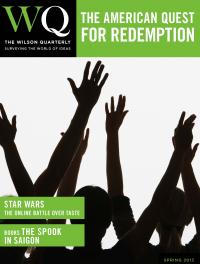The City Bounces Back

For decades, the news from cities was all bad. But today, cities are on the rebound. They are seen as idea labs, exciting places to live, and a shopping alternative to suburban malls, with challenges that linger but do not overwhelm the future.





















